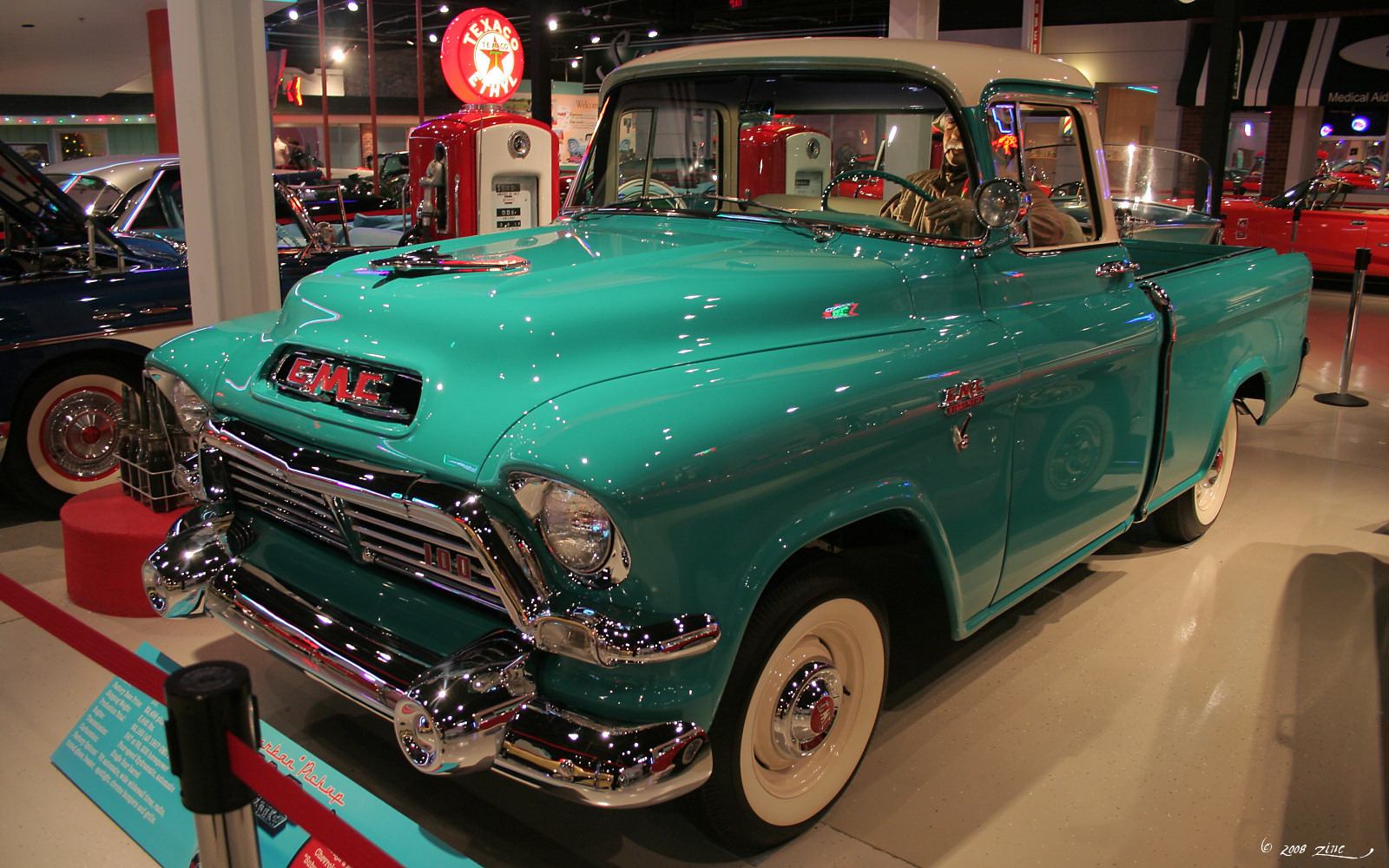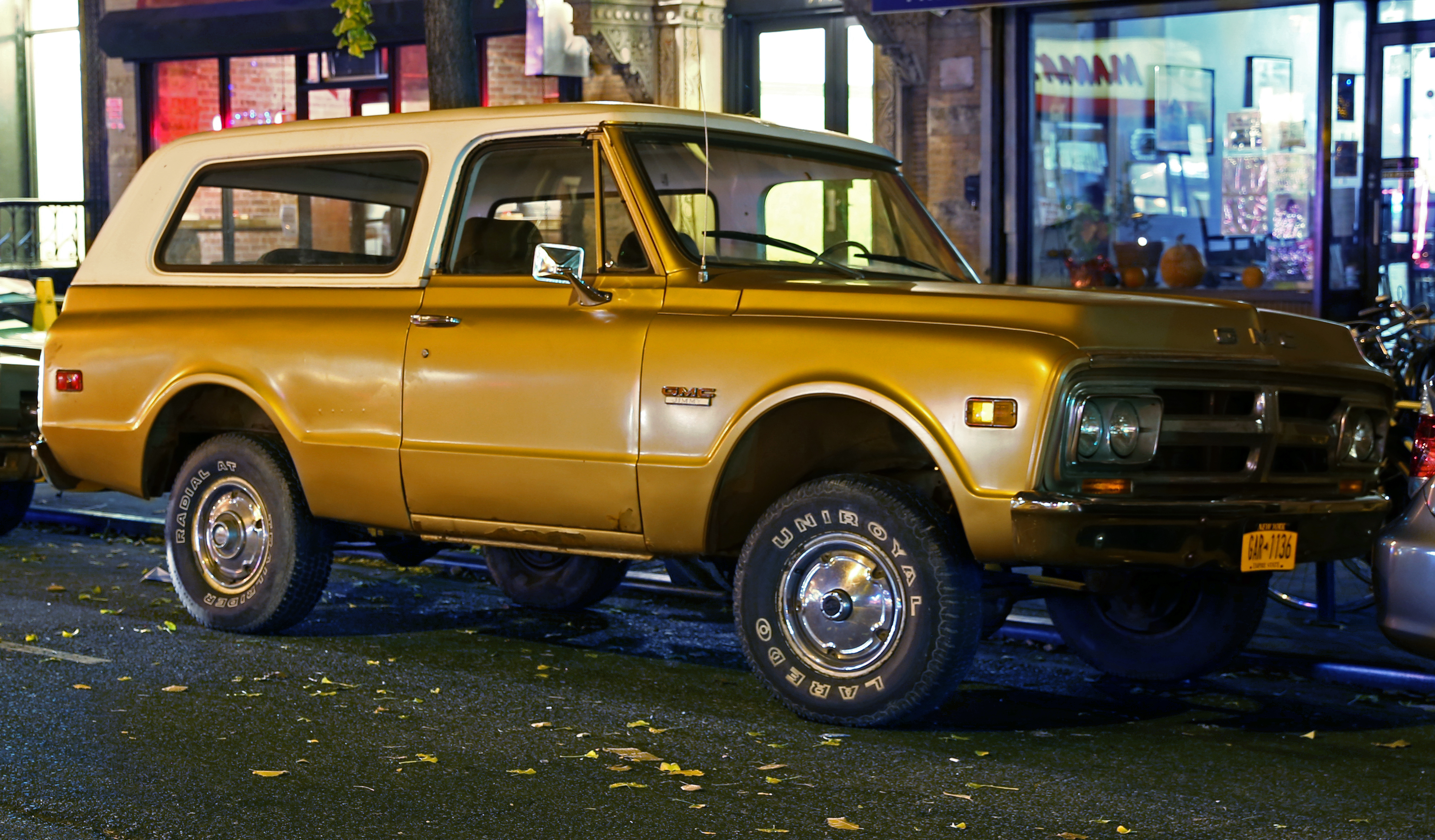Since its inception, General Motors Company (GMC) has recorded a remarkable legacy in the history of the automotive industry. GMC's journey spans over a century of unwavering commitment to innovation, flexibility, and excellence. From its humble origins to its current status as a powerhouse in the automotive world, GMC's evolution is a captivating tale of adaptation and progress. Let us delve deeper into the phases that have shaped GMC's extraordinary journey over time.
Roots of a Vision (early 20th century)
GMC's roots go back to the early 1900s with the founding of the Rapid Motor Vehicle Company in Pontiac, Michigan in 1902. It was conceived to produce commercial trucks, buses, and other robust vehicles. A turning point came in 1909 when General Motors acquired the Rapid Motor Vehicle Company and renamed it "GMC Trucks". This marked the beginning of a journey that would eventually redefine the essence of automobile manufacturing.
Pioneering Innovations (1920 - 1940)
GMC emerged as a leader in engineering and design in the 1920s and 1930s. GMC's trucks quickly earned acclaim for their unmatched durability, reliability, and versatility. These robust vehicles played their part in various industries, becoming the backbone for agriculture, construction, and even military applications. GMC's steadfast commitment to producing heavy-duty vehicles designed for commercial and industrial use laid the foundation for its impending success.
During this period, GMC's involvement in the construction of the Hoover Dam became an iconic chapter in its history. The formidable durability and reliability of GMC trucks were put to the test as they moved critical equipment across the tough desert landscape. This effort highlighted GMC's ability to meet tough challenges and cemented its reputation as a manufacturer of strong and reliable vehicles.
| 1940 GMC Truck |
World War II and Beyond (1940–1950)
The 1940s witnessed the heightened importance of GMC, with the brand providing a large fleet of trucks to the US military during World War II. This contribution not only strengthened GMC's reputation for sustainability but also demonstrated its ability to meet even the most stringent demands. After the war, GMC turned its attention to the civilian market, unveiling a spectrum of trucks designed to meet different needs and preferences.
The 1950s saw the introduction of iconic models such as the GMC Suburban Carrier, characterized by an innovative mix of style and functionality. During this era, GMC expanded its reach into the medium-duty truck segment, further diversifying its portfolio and cementing its position as a leader in the industry.
 |
| 1957 GMC Suburban Carrier |
Innovations in Design and Functionality (1960s - 1970s)
The 1960s was a transformative era for GMC. The brand's trucks underwent a dramatic design change to suit the growing consumer preferences. Additionally, GMC introduced a series of pioneering advances in safety and comfort, making their vehicles increasingly attractive to a wider demographic.
In 1967, GMC introduced the Custom Sport Truck (CST) package, an unprecedented move that introduced a touch of luxury to their trucks. This reflected the changing consumer trends and paved the way for future premium offerings.
The 1970s saw the birth of GMC's first true SUV, the Jimmy. Impressed by the robust capabilities of its trucks, Jimny blended the ruggedness with the comfort of a passenger vehicle, setting the stage for GMC's entry into the emerging sport utility vehicle market.
 |
| GMC Jimmy |
Shaping the Modern Era (1980 - 2000)
As the automotive landscape underwent massive changes, GMC cemented its position as a giant in the truck and SUV segments. Technological advances occurred in the 1980s and 1990s, leading to vehicles that were more refined, efficient, and customer-oriented. GMC's Sierra pickup truck and Yukon SUV won praise for their seamless blend of functionality, comfort, and style.
.jpg) |
| 1984 GMC Sierra |
 |
| 2015 GMC Yukon |
The late 1990s saw the launch of the GMC Envoy, a mid-size SUV that underscored the brand's acumen in adapting to growing consumer preferences. The success of the Envoy further strengthened GMC's reach in the SUV market.
 |
| 2004 GMC Envoy |
In the 21st century (2010–present)
GMC's journey into the 21st century has been characterized by a relentless focus on luxury, refinement, and innovation. The introduction of the Denali line in the early 2000s redefined the concept of premium trucks and SUVs. Denali vehicles offered an unprecedented level of luxury and sophistication, attracting a new demographic of discerning buyers.
 |
| 2021 GMC Yukon Denali |
GMC's commitment to sustainability and environmental consciousness is demonstrated through the adoption of hybrid and electric technologies. The launch of the GMC Hummer EV, an all-electric super truck, exemplifies the brand's determination to push boundaries and stay at the forefront of automotive technology.
 |
| GMC Hummer EV |
Conclusion: Legacy of Excellence
The saga of GMC is one of constant evolution and adaptability. From its origins as a manufacturer of commercial trucks to its current position as a purveyor of premium trucks and SUVs, GMC's trajectory has been defined by its ability to meet the changing demands of customers. The brand's unwavering dedication to quality, innovation, and utility has created a legacy that continues to shape the automotive landscape. As GMC continues to forge ahead through the challenges and opportunities of the modern world, its history stands as a poignant reminder of the extraordinary journey it has traversed through time.

